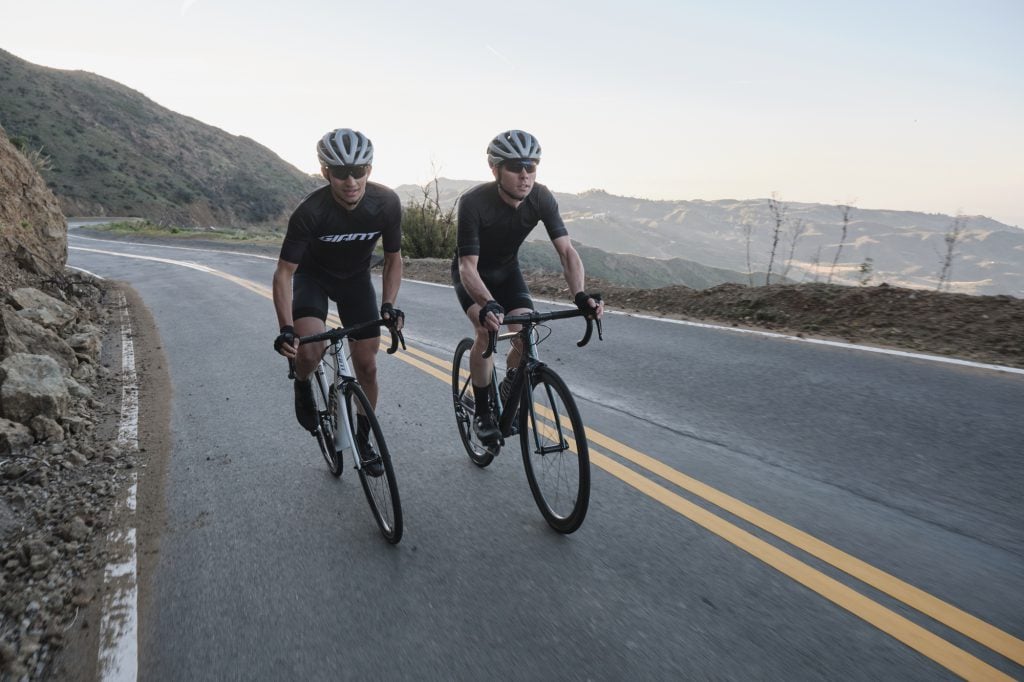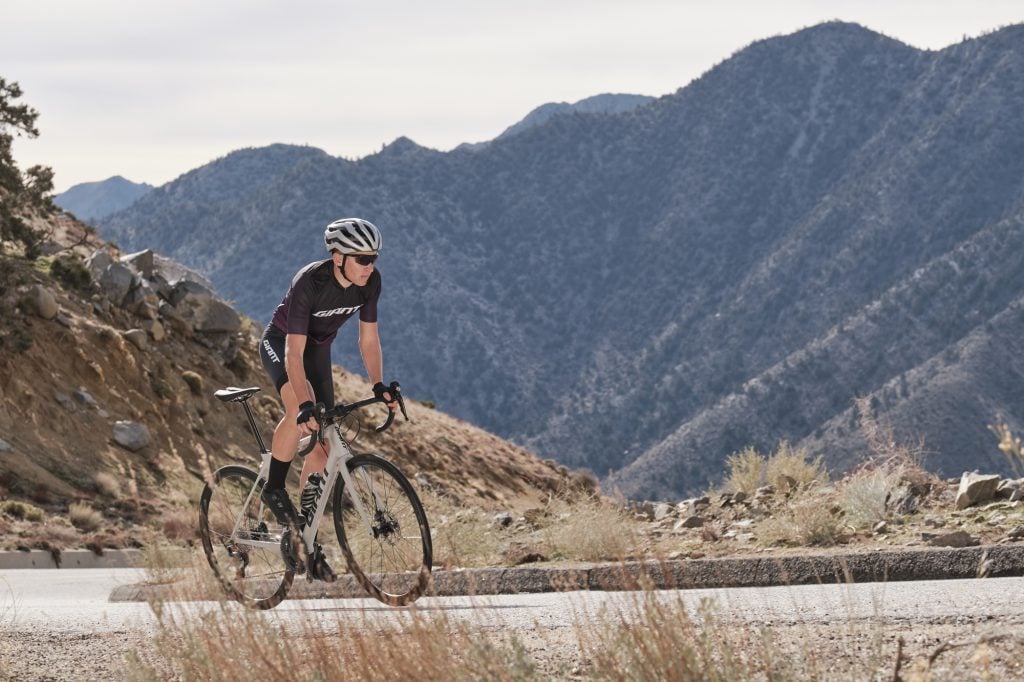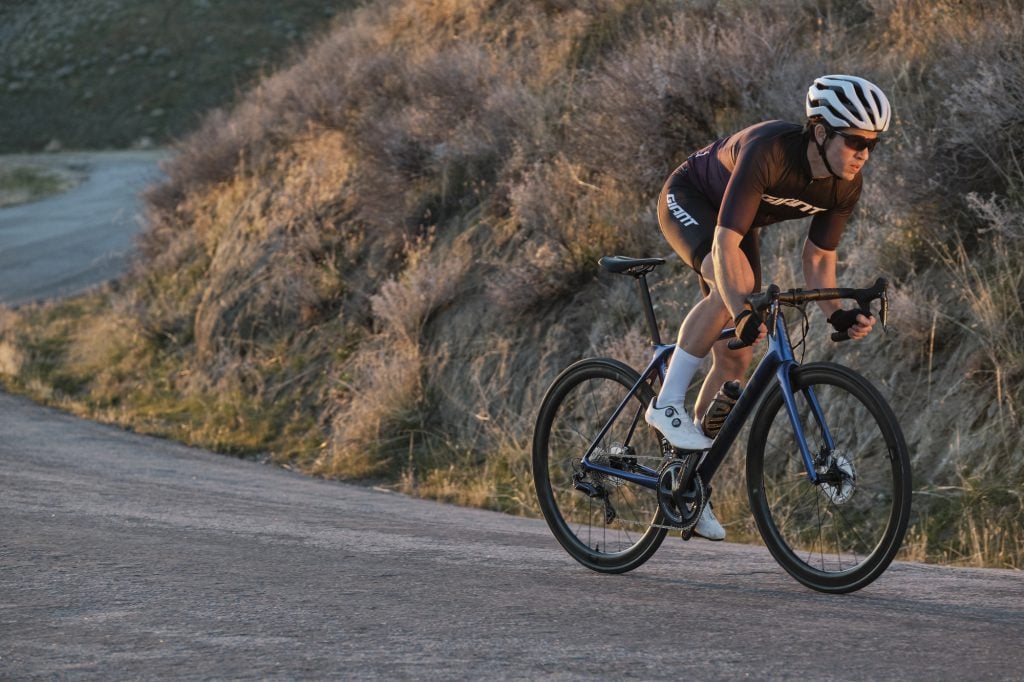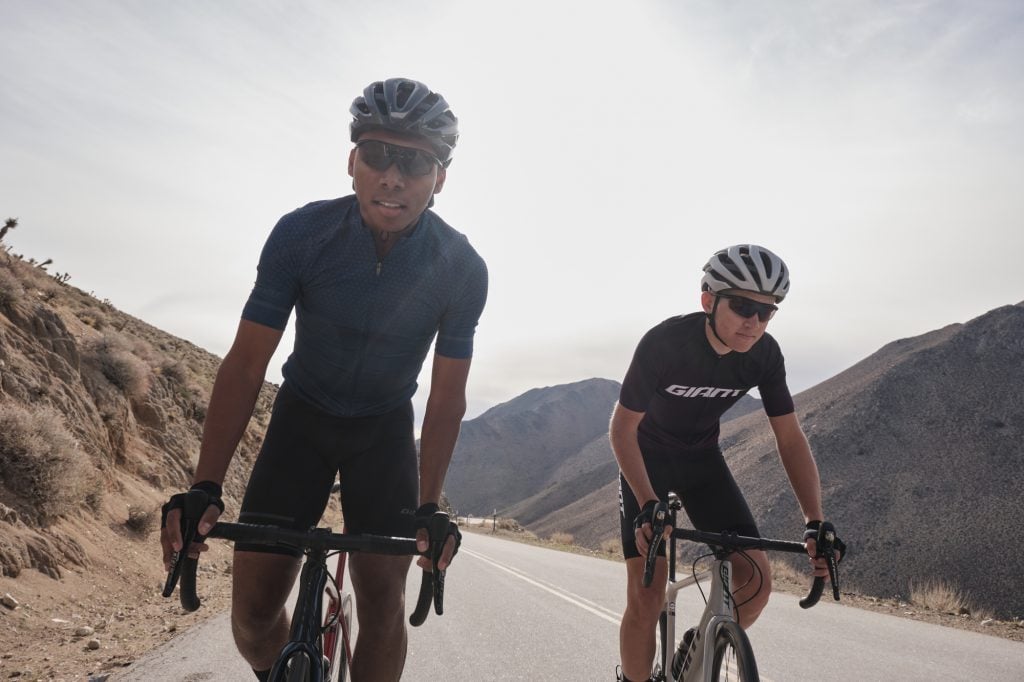People often take up cycling to keep healthy, get fit and get themselves moving. It’s a sociable sport that can be easily enjoyed with family and friends. Though a lot of people think of cycling as a cardiovascular activity, which it is, you’ll also strengthen a lot of muscles in doing it!

Most of the muscles used cycling are in the legs, though it’s not exclusively legs as you’ll find out. The main muscles used are your glutes, a group of muscles that make up your bum. They’re the gluteus maximus, gluteus medius and the gluteus minimus. Another of the primary muscles used in cycling are the ones on the front of your thigh, the quadriceps. And balancing these are the hamstrings muscles, the rear of your thighs.
— BEST WAYS FOR CYCLISTS TO BURN FAT —
Between these three groups they create the main sources of power that push the pedals and get you moving forward. Similar to in walking, running or jumping, these muscles have evolved over the years to allow us to be strong in these actions.
The Perfect Pedal Stroke:
A lot of the worlds elite cycling teams have done extensive research into the ‘perfect’ pedal stroke. Working out the most efficient way of turning the pedals means moving the bike as fast as possible with minimum energy.

As you’d expect, the stroke is most efficient when the majority of power comes in the down stroke when the pedal is being pushed by the rider. You never “pull” on the pedals with the hamstrings, and this could lead to injury.
The muscle groups in your lower leg, the calves, ankles and feet, don’t really contribute anything to the pedal stroke. Though they’re important in keeping alignment to ensure you don’t pick up any knee or hip issues.
Though pulling – or ‘scraping’ – through the very top and bottom of the rotation will increase your power output. This is one of the reasons we see elite riders able to generate better around the pedal stroke than the average club rider. Riders that come from a mountain biking, cyclocross or track background are especially good at this. As in that type of event a smooth power delivery is critical.
The Other Muscles:
As we previously mentioned cycling involved more than just your leg muscles. It will activate your core to keep you stable. The abdomen & lower back muscles will be engaged to make sure you don’t twist & rock around.
— USING CAFFEINE TO BOOST CYCLING PERFORMANCE —
As well as this your shoulders and arms can get some work if you’re a rider that climbs out of the saddle a lot. They can also work hard for TT riders to hold you in a solid position for the duration of the event.

Cycling extends the muscles a lot less than other exercises due to the restriction in movement from the pedals. This can mean that cyclists are a lot less flexible, this is especially notable in their hamstrings and thumbs. It’s also why running off the bike can cause a lot of damage to the hamstrings in triathlon.
Each different cycling discipline and style will recruit a slightly different set of muscles. For example a road cycling sprinter will activate the muscles in their back a lot to throw the bike around in a sprint as well as have incredibly powerful thighs. Whereas top mountain bikers rely on balance and stability in the saddle.
— THE VALUE OF CYCLING IN BRITAIN’S ECONOMY —
Risks of Injury:
It’s very common for cyclists to experience knee pain, studies find up to 30% of injuries in cycling evolve around the knee and most of the time it can be a very simple fix. These are often issues from the bike fit such as cleat position or saddle height. Its one of the reasons a good bike fit is so important in cycling.

There aren’t as many impact injuries in cycling as the load through the muscles is a lot lower than exercises such as running or weight lifting. Though a good cyclist should add strength and flexibility exercises into their routine off the bike to make sure they’re in the best possible shape to avoid injury.
These exercises will also make sure that your body is well balanced so that you’re putting extra strain through one side of the body. As well as this, overtraining can cause injury in cycling. It’s best to build up your mileage slowly and over a period of time rather than going from zero to hero as fast as possible.
— YOUR GUIDE TO CYCLING KNEE PAIN —
Will My Legs Grow?
As with weight lifting this will depend on the type of cycling you’re doing. If you’re a power based cyclist such as a track or road sprinter, it’s likely your legs may bulk out. Like the famous German sprinter Robert Forstemann. However if you’re an endurance rider it’s unlikely that your legs will get big.

Instead they’ll be lean and well defined, though still strong. It’ll also depend on the diet you follow. If you’re not getting enough calories through food your body won’t be able to support the growth of the muscles.
— THE 10 DIFFERENT TYPES OF STRAVA RIDE WE ALL UPLOAD —
We’d suggest not worrying about the size of your legs, and focussing more on how well they’re moving on the bike!








